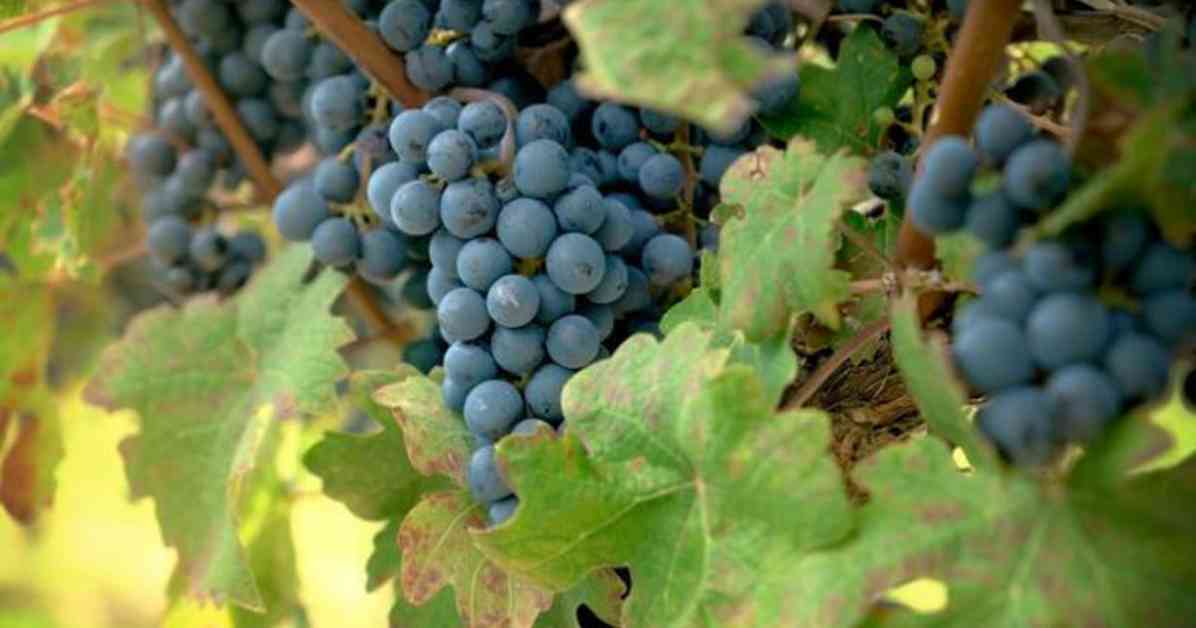Investigative Report: The Evolution of the American Wine Industry
As the United States continues to solidify its position as the largest wine importer in the world, a shift is underway in the domestic wine industry. While most wine bottles in the country are currently imported from European countries, there is a growing trend towards producing and consuming local varieties. This shift is not only changing the landscape of the wine industry but also reshaping the perception of American wines on a global scale.
To delve deeper into this evolving phenomenon, we conducted an in-depth investigation into the factors driving this transformation and the implications it holds for various stakeholders. Our research uncovered a number of key insights that shed light on the changing dynamics of the American wine industry.
Background and Context:
Historically, European wines have dominated the American market, with regions like France, Italy, and Spain commanding a significant share of imports. However, as consumer preferences shift towards supporting local and sustainable products, American winemakers are seeing an increase in demand for their wines. This trend is further fueled by the rise of wine tourism in regions like Napa Valley, Sonoma, and the Willamette Valley, which are now synonymous with high-quality, world-class wines.
Implications and Analysis:
The rise of American wines presents a unique opportunity for domestic winemakers to showcase their craftsmanship and creativity on a global stage. By focusing on producing unique, terroir-driven wines that reflect the diverse landscapes of the United States, wineries are not only attracting local consumers but also garnering international acclaim. This shift towards local production also has economic implications, as it supports small and medium-sized wineries, boosts rural economies, and promotes sustainable agricultural practices.
Interviews with industry experts revealed that while European wines will always have a place in the American market, the growing popularity of American wines signifies a broader cultural shift towards valuing authenticity, craftsmanship, and locality. This trend is expected to continue in the coming years, with emerging wine regions like Texas, Virginia, and New York gaining recognition for their unique terroirs and innovative winemaking techniques.
Conclusion:
In conclusion, the changing landscape of the American wine industry reflects a broader shift in consumer preferences towards supporting local, sustainable products. By embracing this trend and focusing on producing high-quality, terroir-driven wines, American winemakers have the opportunity to redefine the global perception of American wines and solidify their position in the international market. As the industry continues to evolve, it will be crucial for stakeholders to adapt to these changes and capitalize on the growing demand for American wines.






















